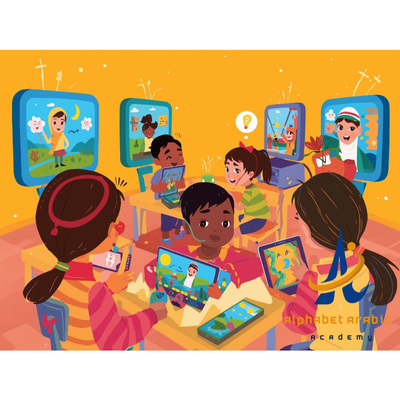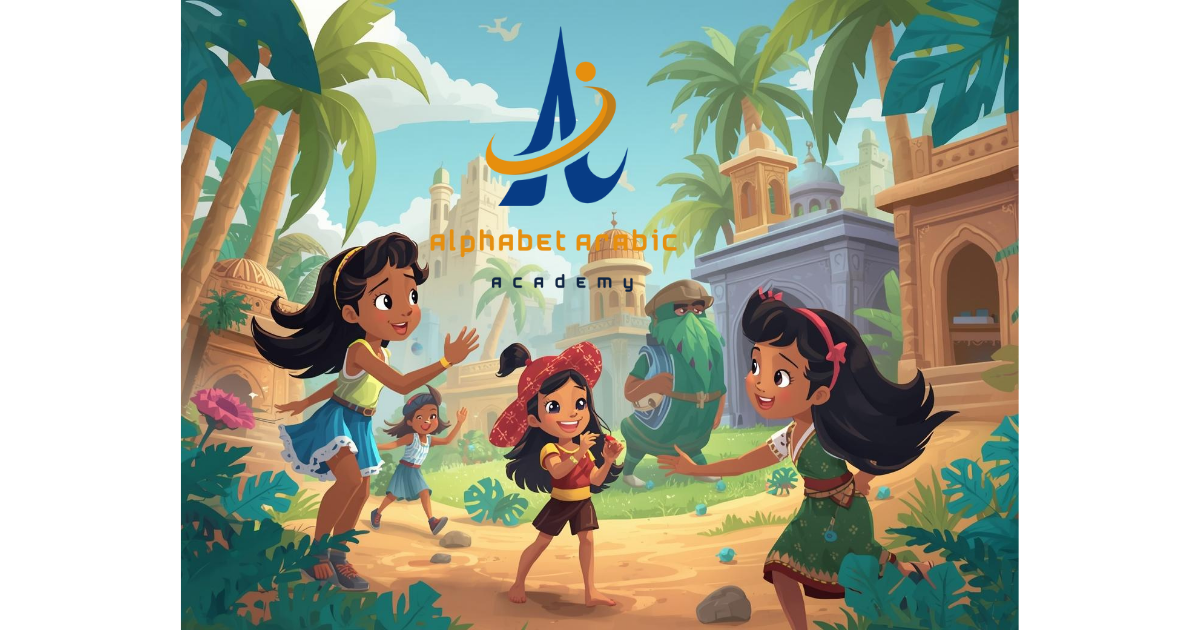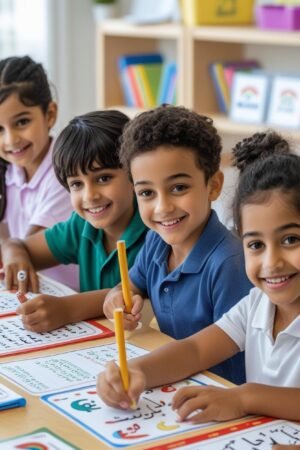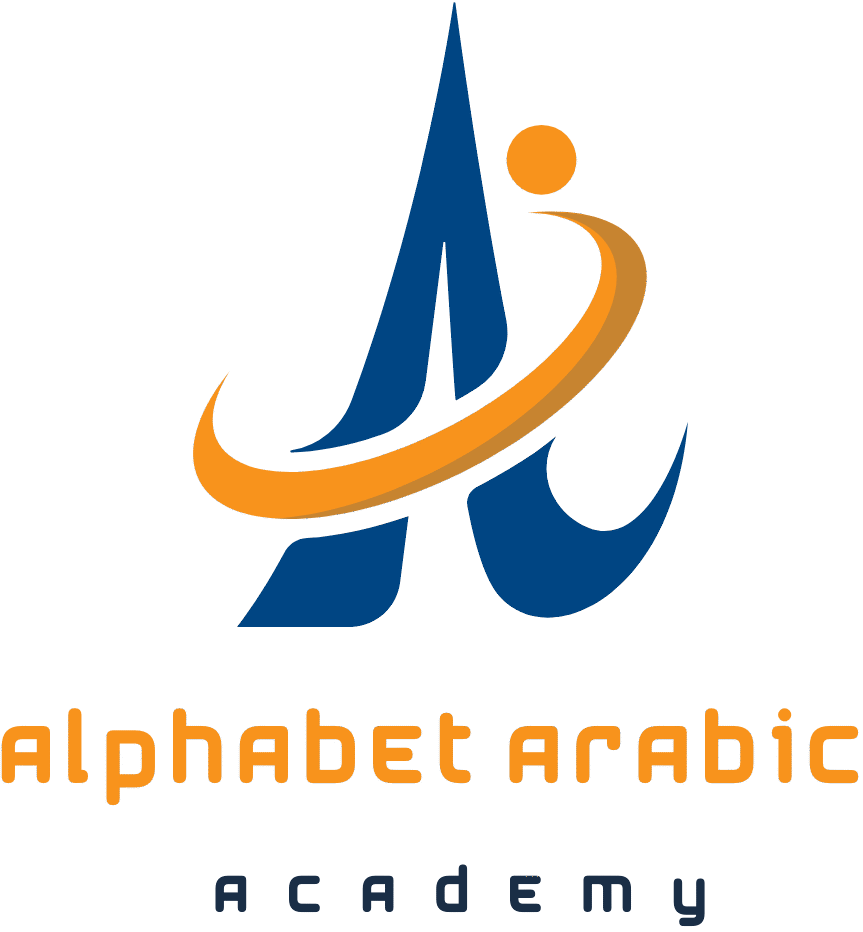
Teaching your child Arabic at home isn’t just a lesson—it’s a journey of discovery, creativity, and family connection. Whether your child is learning their first Arabic words or already singing short Arabic songs, your home can become the most enjoyable classroom ever.
This guide dives into creative and fun strategies for learning Arabic for kids at home, showing parents how to transform every day into a language adventure.
Fun Ways to Engage Kids in Arabic – The Spark They Need
Choosing Interactive Stories for Beginners – Discover the Magic of Tales
Kids absolutely love stories. Arabic tales can be the perfect way to introduce both vocabulary and imagination. Try interactive Arabic storybooks that include pictures, sounds, or online animations.
Encourage your child to repeat simple words, act out scenes, and guess what happens next. This keeps their curiosity alive and helps Arabic feel like a natural language of play and wonder.
Selecting Favorite Arabic Cartoons – Screen Time That Teaches
Screen time can actually become learning time when guided well. Choose Arabic cartoons where characters speak clearly and emotions are easy to understand. Shows like Adnan wa Lina or Simsim Street help children listen and repeat.
Watch with them, pause occasionally, and ask questions like, “What word did they just say?” This interactive watching style strengthens both listening and speaking skills.
Building Essential Arabic Vocabulary – The Strong Start
Teaching Basic Words through Play – Words That Stick
Children learn best when they play. Turn your living room into a mini Arabic world—label furniture in Arabic (باب، كرسي، نافذة) or play treasure hunts with flashcards.
Even better, you can support their structured learning by exploring our main guide Learn Arabic for Kids, which explains vocabulary development in depth and shows how parents can make every word count.
For digital lovers, apps and online lessons at Start your Arabic learning journey make learning Arabic for kids at home simple, fun, and interactive through storytelling, visuals, and easy games.
Learning Arabic for Kids at Home Activities – The Joy of Doing
Creating Hands-On Crafts and Projects – Learn by Making
Art and Arabic mix beautifully. Encourage your child to draw pictures and label them in Arabic, or craft Arabic alphabet shapes using clay or colored paper.
These creative moments make vocabulary memorable and connect Arabic with self-expression.
Incorporating Daily Household Objects – Everyday Arabic
The simplest way to teach Arabic? Use what’s around you. During breakfast, name foods in Arabic (ماء، خبز، جبن). While cleaning, say colors and shapes. When your child hears Arabic daily, they start thinking in it naturally.
This effortless exposure builds a strong learning foundation without pressure.
Exploring Interactive Arabic Games – Playtime Meets Learning
Using Popular Board Games Effectively – Learn Through Play
Turn regular board games into Arabic language adventures. Replace English terms with Arabic words, or use flashcards as game prompts.
You can even find online Arabic games that combine fun and education—perfect for homeschooling families who want language learning to feel like playtime.
Developing Daily Arabic Practice Routines – Little Habits, Big Impact
Setting Up Favorite Morning Sessions – A Gentle Start
Start mornings with short, light Arabic sessions: singing a short Arabic song, repeating a new word, or reading a mini story.
Morning practice builds consistency and helps kids associate Arabic with positivity and routine. Remember: one happy word a day can turn into a lifelong language habit.
Benefits of Learning Arabic for Kids at Home – A Journey Worth Taking
Tracking Progress with Simple Journals – Watch Growth Unfold
Keep a language journal together. Let your child draw or write a few Arabic words every week. Over time, this becomes a record of their progress and pride.
Learning Arabic for kids at home also strengthens focus, memory, and cultural understanding. Kids develop empathy and curiosity as they learn about new worlds through Arabic language and stories.
- 🌟 Join Arabic Courses for Kids Online – interactive lessons, progress tracking, and native tutors who make Arabic learning exciting.
- 💬 Contact us to schedule your free consultation and start your child’s Arabic journey today!
FAQs
What age suits kids starting Arabic?
Most children can start as early as 3–4 years old through songs, visuals, and games.
How to make Arabic learning fun?
Mix stories, games, and cartoons to keep sessions full of joy and energy.
What resources help beginners best?
Interactive lessons, apps, and guided programs like Start your Arabic learning journey offer structured yet playful experiences.
How can I involve family in the process?
Use Arabic during meals or playtime, so everyone participates naturally.
🎉 Ready to make Arabic part of your home?
Visit Start your Arabic learning journey’s contact page and start your child’s joyful Arabic journey today!






